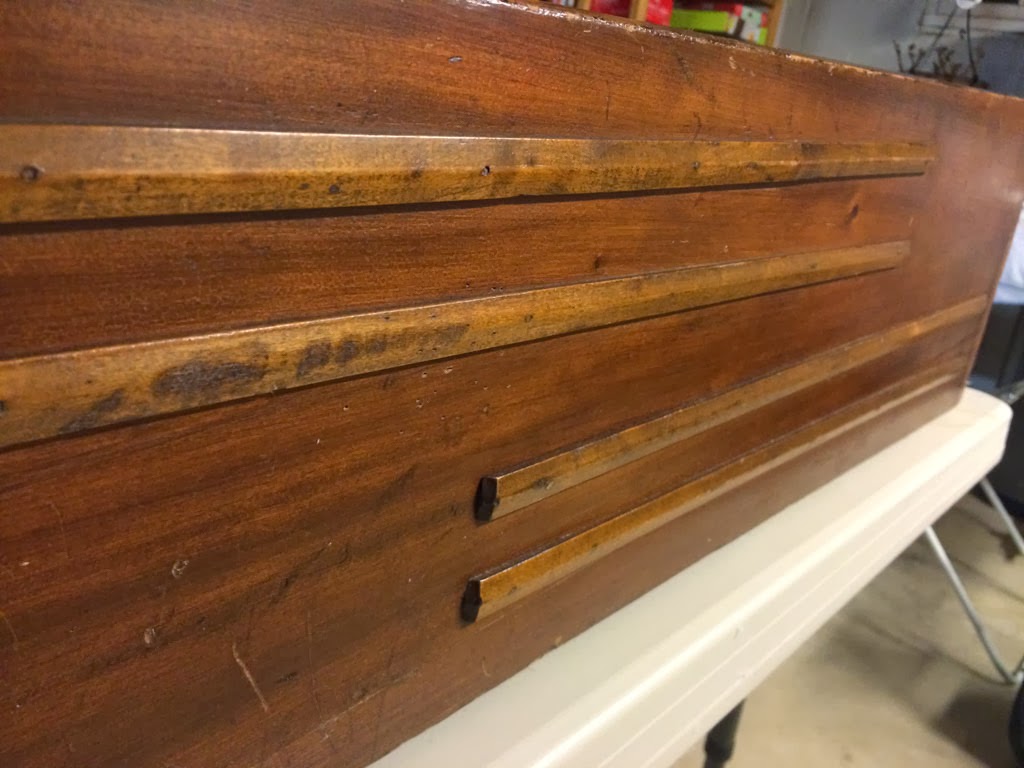I recently finished restoring my first pinball machine, a 1934 Bally Signal which you can read about here:
http://1934signal.blogspot.com/
It took about 6 to 7 weeks to complete and I enjoyed doing the research, the restoration process and the people I have met along the way. I was instantly hooked and started looking for another machine to restore before I was even done with the restoration. I found a few options but the asking prices were too high for the machines I was looking at and so I offered lower, realistic prices for these machines.
While I was in the process of searching for my next pinball project, I continued with my original plan of restoring the few items I saved from my childhood with the hopes of restoring one day. I had 3 items total, the Bally Signal, a 1975 Sanyo Comet II pachinko machine that my father purchased for us as kids and my first stereo which was also something my father had picked up, a Grundig Majestic.
I have completed the Sanyo pachinko restoration though it is not what I would truly call a restoration as it looks nothing like it did in it's original state.
This is the Sanyo from my childhood before and after restoration:
 |
| 1975 Sanyo Comet II prior to restoration. |
 |
| 1975 Sanyo Comet II after the restoration. |
The Grundig is still in a holding pattern. It has not been used for listening to music for over 20 years. It has just held a place as a beautiful piece of furniture in our living room during that time. Soon I hope to have it play again...
So I still continued to search for my next pinball and one I came across about a month ago was a Stoner Super-8. I could see in the pictures it was missing a few things and their cost was way too high. I gave them a price of nearly half what they were asking and was denied. I said if you don't get what you want to let me know.
While I was waiting I kept searching. While I was searching I was also searching for additional pachinko machines, was I was hooked their as well. I had forgotten how much I loved to play pachinko before an Atari was left under the Christmas tree and rocked my world. While I was searching I had been discussing the pachinko restoration with my older sister and she also loved it as well and I started to think I would like find and restore one for her son for Christmas. I checked with her what she thought and thought it was a great idea so the search began. Long story short as this blog is supposed to be about my Super-8, I found a 1976 Okumura Yuki pachinko machine to restore and got right to work. I don't have a great before shot of his machine but here it is as it looks now.
 |
| 1976 Okumura Yuki |
So back to the Super-8. I once in a while would get a mail with the seller saying he could come down a little and to come and see it. I told him if he could come down to my price I would. I was not going to drive out to look at a machine if the cost was not what I was willing to pay. It would waste both of our time. About 2 weeks ago he called me again asking if I was still interested in it and I told him again I was but only at my price. He said it was time to sell it as he obviously was not getting what he was looking for. So I took a drive to check it out. Other than the parts I knew were missing already from the pictures, it looked pretty good so I purchased it. The only issue is that whatever had been living inside it needed to find a new home... ;-)
Below are the pictures of the machine in the condition it arrived in my house minus the animal bedding I cleaned out of the inside.
 |
| Super-8 side view |
 |
| Super-8 playfield |
 |
| Super-8 close up of the scoring runways |
 |
| Super-8 artwork |
 |
| Super -8 - two transformers were inside, both with dry rotted wiring. |
Time to get to work! :)

























